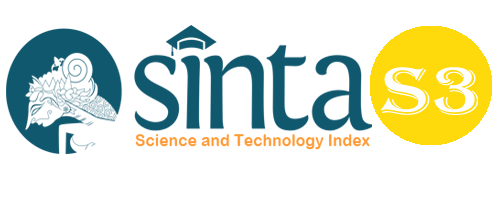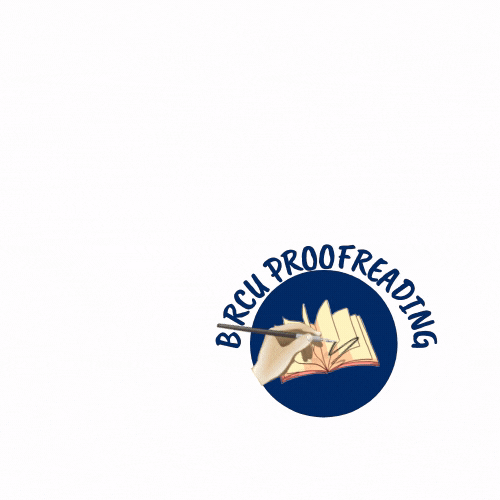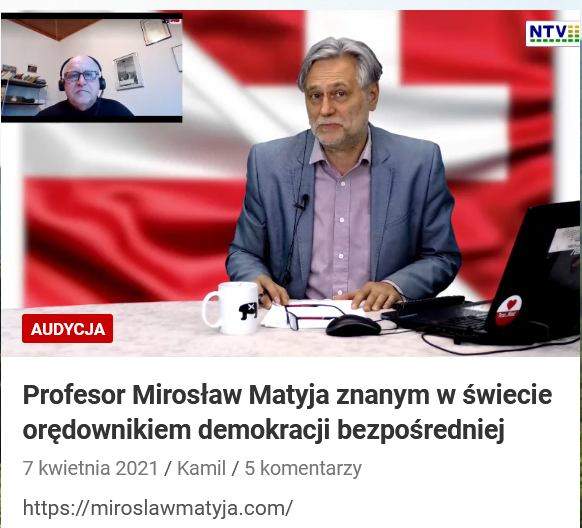Implementation of Collaborative Learning Model Teaching and Learning Life Skills based for Improving the Competence of Students in Facing the Industrial Revolution 4.0 and the Society 5.0 Era
Abstract
The implementation of learning should stimulate students to be more active in improving social skills, emotional skills, spiritual skills, scientific skills, mental skills, kinesthetic skills, and entrepreneurial skills, which in turn can improve students' competence and entrepreneurial character, in accordance with the vision and mission Education units. These skills are also skills needed in the world of work and industry, because industry professionals always work in groups and synergize to complete a particular project or job. Thus, the hard skills and soft skills of vocational and high school students as prospective workers and entrepreneurs should be able to develop creativity and innovation that will shape competence, entrepreneurial character, through positive, integrated, combined, mutual cooperation and collaboration interactions, implementing human literacy among people. Fellow human beings, cooperate, work in groups, synergize, and collaborate to complete a job. Life skills in the Industrial Revolution 4.0 and the era of society 5.0, as well as the new normal life, are the ability and courage to face life's problems, then proactively and reactively, seek and find solutions to overcome them. Life skills are skills or abilities to be able to adapt and behave positively, which allows a person to be able to deal with various demands and challenges in real life more effectively. The implementation of life skills-based collaborative learning can be used as a forum to improve students' competence and entrepreneurial character.
Keywords
Full Text:
PDFReferences
A.N, et al, (2016), Karakteristik Sikap Mental Wirausaha Mahasiswa Dalam Bidang Otomotif, Journal of Mechanical Engineering Education, Vol.3 No 1. Juni 2016
Adi.W.Gunawan. Genius Learning Strategy (Jakarta: PT Gramedia Pustaka Utama, 2007), hlm. 173
Amar, A. F, et al. (2015). Penerapan Model Pembelajaran Teaching Factory 6 Langkah (Model TF-6M) untuk Meningkatkan Motivasi Berprestasi Siswa di SMK, Journal of Mechanical Engineering Education, Vol 2 No 2, Desember 2015.
Athiatul Haqqi. (2017). COLLABORATIVE LEARNING: Model Pembelajaran Dalam Upaya Meningkatkan Literasi Informasi Mahasiswa Jurusan Ilmu Perpustakaan dan Informasi Melalui Belajar secara Kolaboratif Jurnal Ilmu Perpustakaan dan Informasi VOL. 1 TAHUN 2017/1439 Ilmu Perpustakaan dan Informasi FAH UIN Sulthan Thaha Saifuddin Jambi.
Ayuningsih, W. et al. (2020). Implementation of Islamic Education Curriculum Development in Al-Ulum Islamic School Medan. Budapest International Research and Critics in Linguistics and Education (BirLE) Journal. P. 1033-1044.
Chyssolouris, G, et.al. (2016). the Teaching Factory; A Manufacturing Education Paradigm, LMS, Dept. Of Mechanical Engineering & Aeronautics University of Patras Greece.
Daniel Muijs & David Reynolds. (2008). Effective Teaching Teori dan Aplikasi (Yogyakarta: Pustaka Pelajar).
Dimyati dan Mudjiono. (2002). Belajar dan Pembelajaran (Jakarta: PT Rineka Cipta).
http://fhateh.wordpress.com/2012/03/12/softskill-dan-hardskill/ Nebraska Department of Education. (2000). Nebraska WBL Instruction Guide. Nebraska Department of Education: Nebraska USA.
Khalid, N, et al. (2014). Importance of Soft Skills for Industrial Training Program: Employers’Perspective, lAsian Journal of Social Sciences & Humanies, Vol 3(4), November 2014.
Mariah, Siti. (2012). Pengembangan Karakter Kerja Berbasis Industri Pada Siswa SMK Melalui Pendekatan Demand Driven, Artikel Ilmiah, Universitas Indonesia
Martawijaya, D.H. (2016). Mendayagunakan Sekolah Kejuruan Melalui Implementasi Model TF-6M, kompetensi Keahlian Tata Boga dan Tata Busana, SMK N 2 Baleendah Bandung., Workshop Tgl 29 Agustus 2016.
Martinis Yamin. (2011) Paradigma Baru Pembelajaran (Jambi: Gaung Persada Press), lIda,
Mulyani, Endang. (2009). Strategi Menumbuhkan Sikap dan Perilaku Wirausaha Melalui Pembelajaran Kooperatif yang berwawasan Kewirausahaan, Jurnal Ekonomi dan Pendidikan, Volume 6 Nomor 2, November 2009.
Murti, K.E. (2013). Pendidikan Abad 21 dan Implementasinya pada Pembelajaran di SMK, untuk Paket Keahlian Desain Interior, Artikel Kurikulum 2013 SMK.
Peningkatan Metode pembelajaran Definisi Ekonomi Kreatif dan Industri Kreatif: http://www.indonesiakreatif.net/index.php/id/page/read/definisi-ekonomi- kreatif, 23 juni 2012 jam 18.14 sumber:
Philips, S. (2020). Education and Curriculum Reform: The Impact They Have On Learning. Budapest International Research and Critics in Linguistics and Education (BirLE) Journal. P. 1074-1082.
DOI: https://doi.org/10.33258/birci.v5i1.3689
Article Metrics
Abstract view : 123 timesPDF - 59 times
Refbacks
- There are currently no refbacks.

This work is licensed under a Creative Commons Attribution-ShareAlike 4.0 International License.

This work is licensed under a Creative Commons Attribution-ShareAlike 4.0 International License.

_.gif)

















_.gif)



